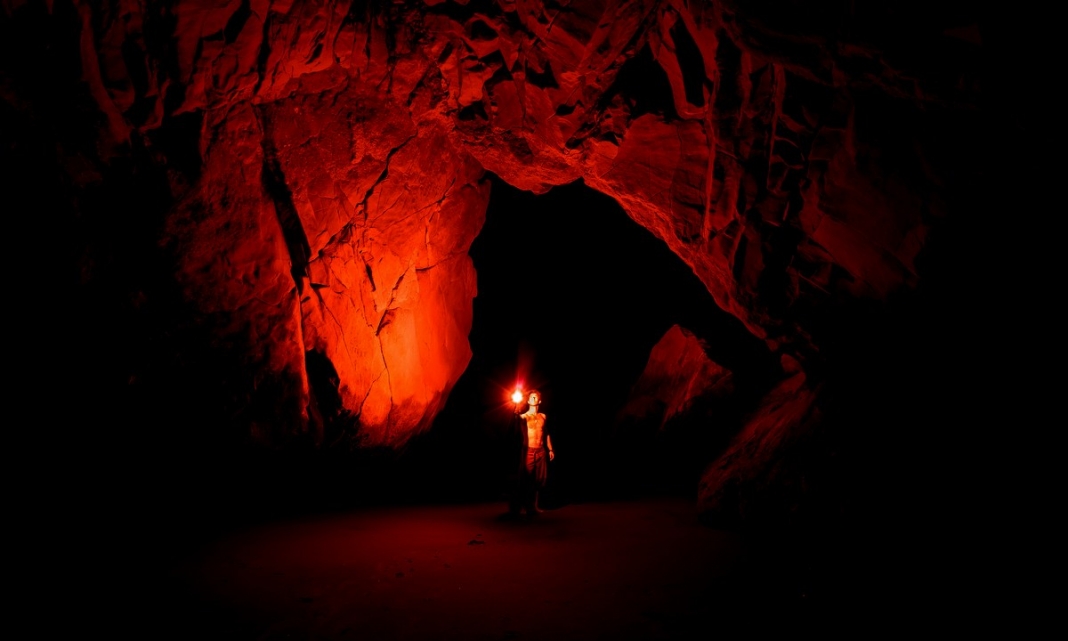CREDE, W.Va. — Spring and early summer are peak seasons for deer births, and it's not uncommon for people to stumble upon a solitary fawn nestled in tall grass, under a tree, or even in their backyard.
With no mother in sight, the instinct for many of us is to assume the fawn has been abandoned and needs rescue. However, in most cases, intervening does more harm than good, according to Paul Johansen, chief of the Wildlife Resources Section for the W.Va. Division of Natural Resources.
"Leave the fawn alone," Johansen says. "The mother is likely off feeding and will return to the fawn."
Here’s what you need to know — and what you should do — if you come across a fawn in West Virginia that appears to be abandoned.
Understand Fawn Behavior
Fawns are born with natural camouflage and minimal scent, which helps them evade predators. During their first few weeks of life, they remain still and hidden while their mothers forage for food nearby. The mother will typically return a few times a day to nurse. This behavior is often mistaken for abandonment, but it’s a vital survival strategy.
Observe from a distance
If you find a fawn lying quietly and it looks healthy, leave it alone. Watch from a distance — at least 50 feet — and avoid making noise or approaching it. The mother is likely nearby and may delay her return if she senses humans or predators in the area.
Do not touch or move the fawn
Human scent on a fawn does not cause the mother to abandon it, but handling the fawn can cause unnecessary stress and potentially injure it. Moving the fawn from its original location also makes it more difficult for the mother to find it.
Know the Signs of True Distress
While most solitary fawns are perfectly fine, some signs indicate the animal may need help:
- It wanders and cries loudly for several hours.
- It appears weak, injured, or has visible wounds.
- You find it near a dead adult deer.
- It is lying in an exposed or dangerous area (e.g., near a busy road).
- It has flies, maggots, or a strong odor, indicating possible infection.
If any of these signs are present, it’s appropriate to contact your local animal control agency.
Keep pets away
Dogs and cats pose a serious threat to fawns. Keep pets on leashes or indoors to prevent harm or disruption while the fawn’s mother is away.
When in doubt, call a professional
If you're unsure about the fawn's condition or what to do, contact the W.Va. Division of Natural Resources. They can assess the situation and guide you on the appropriate course of action.
Bottom Line: When you see a fawn, give it space
The best thing you can do for a fawn that appears alone is to trust nature. In most cases, the mother will return, and the fawn will continue growing safely in its natural environment. Intervening too quickly, even with good intentions, can interrupt this delicate process and reduce the fawn’s chances of survival.
By staying informed and cautious, you can play a crucial role in protecting local wildlife and ensuring that young animals, such as fawns, receive the best possible start in life.
Sign up for a FREE copy of West Virginia Explorer Magazine in your weekly email. Sign me up!


